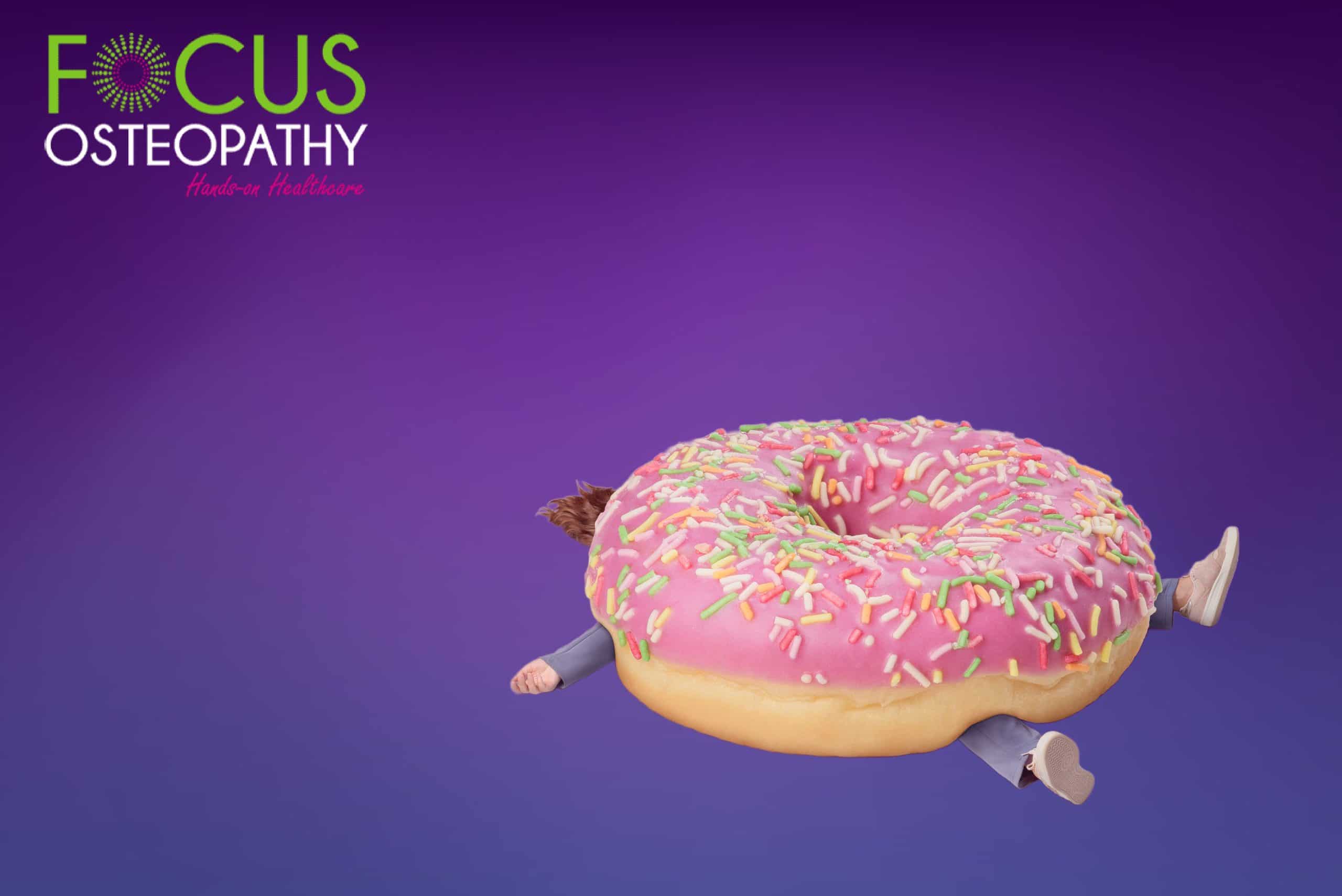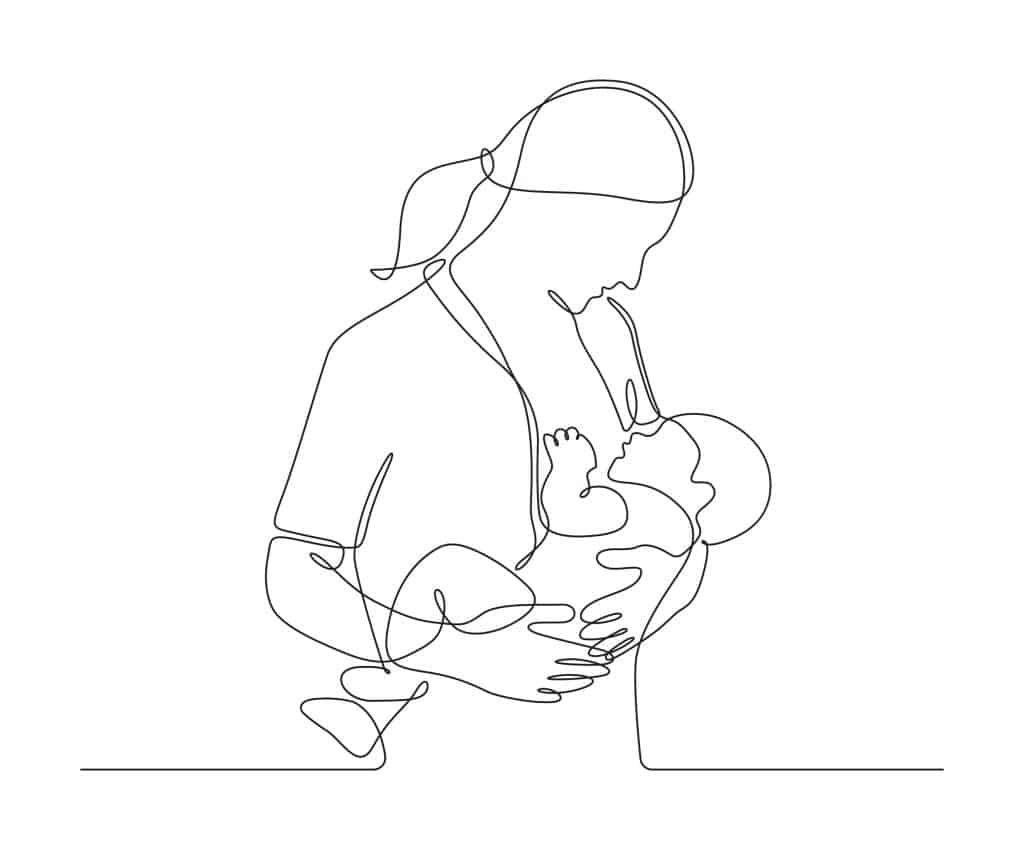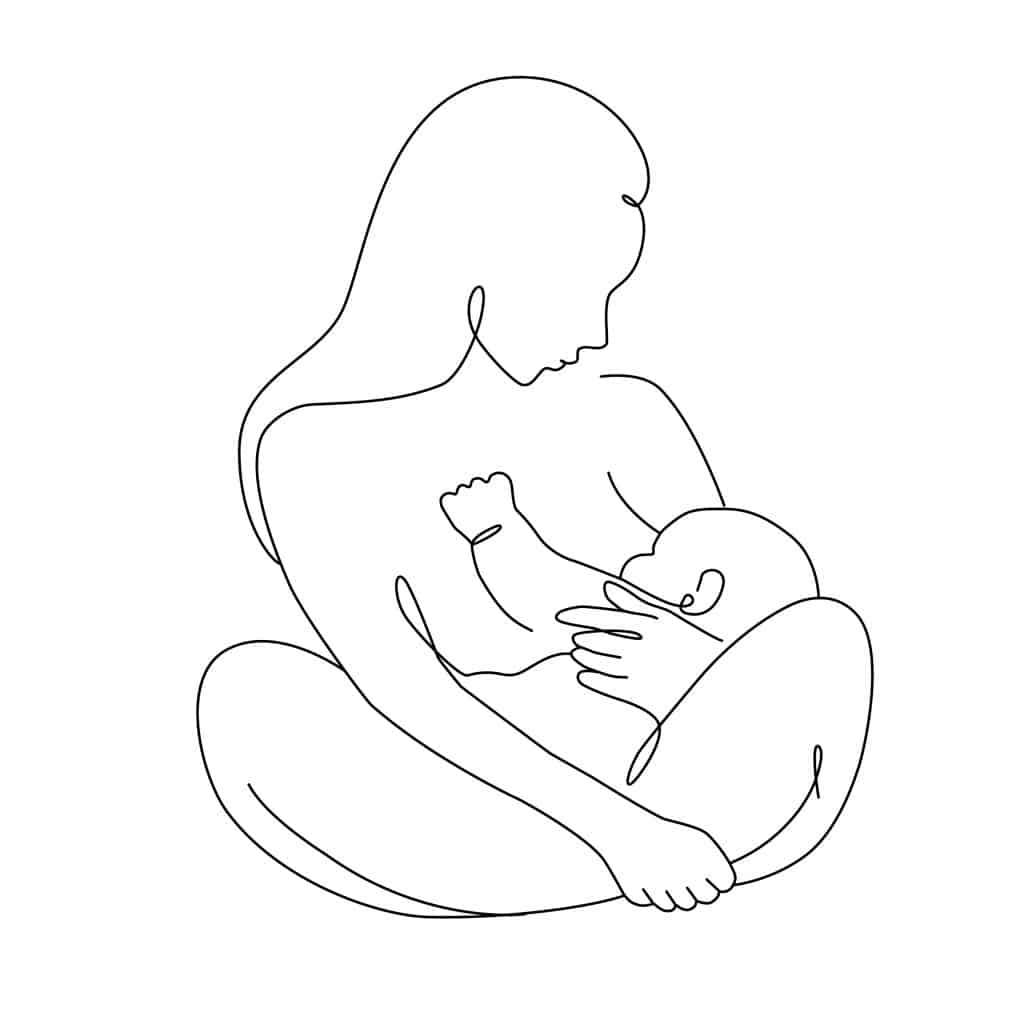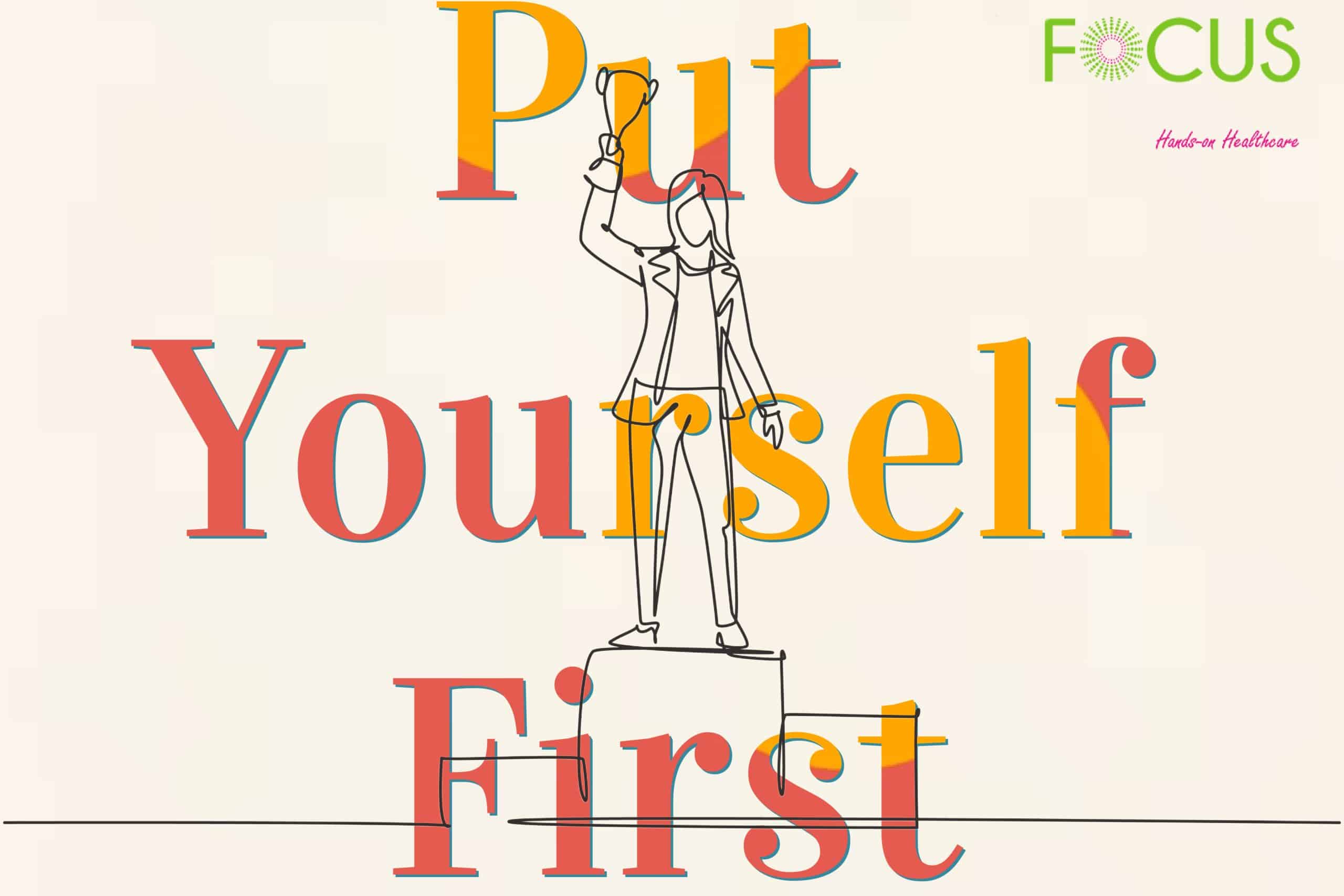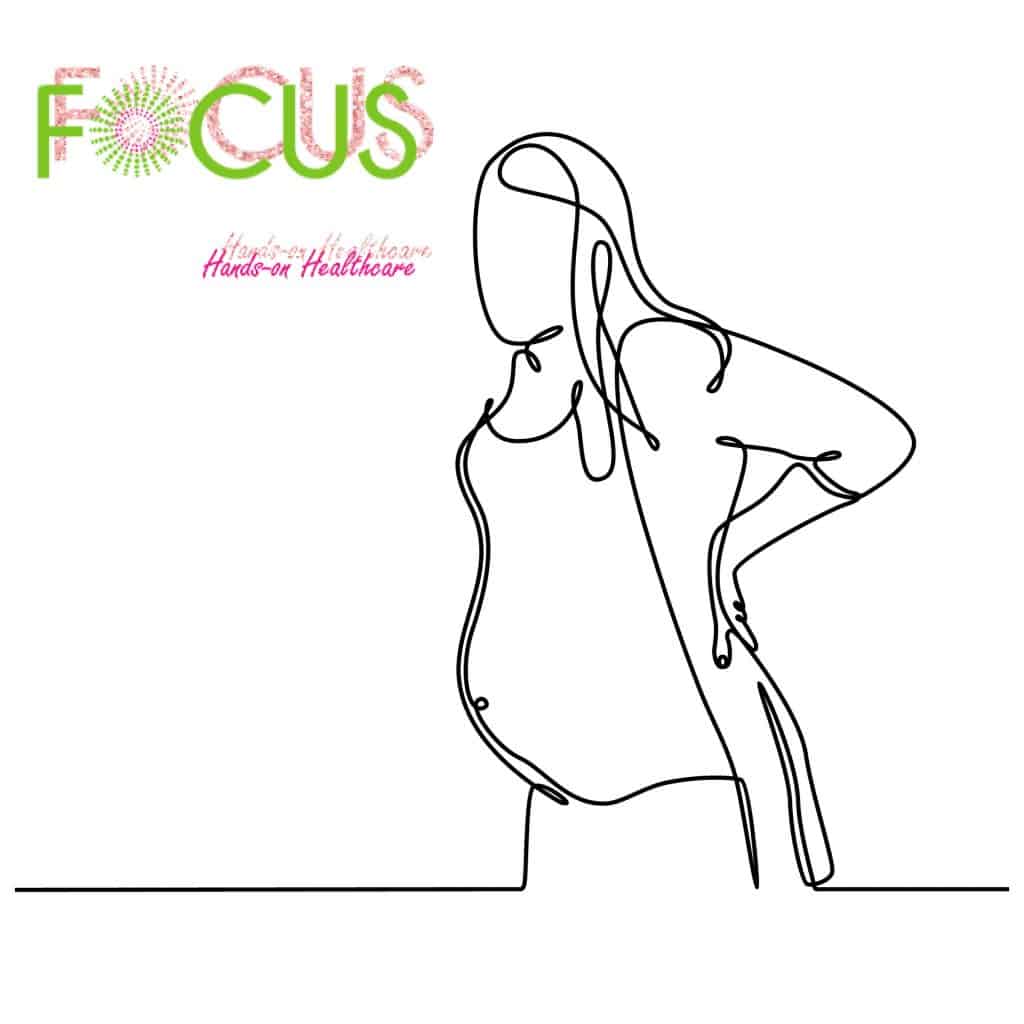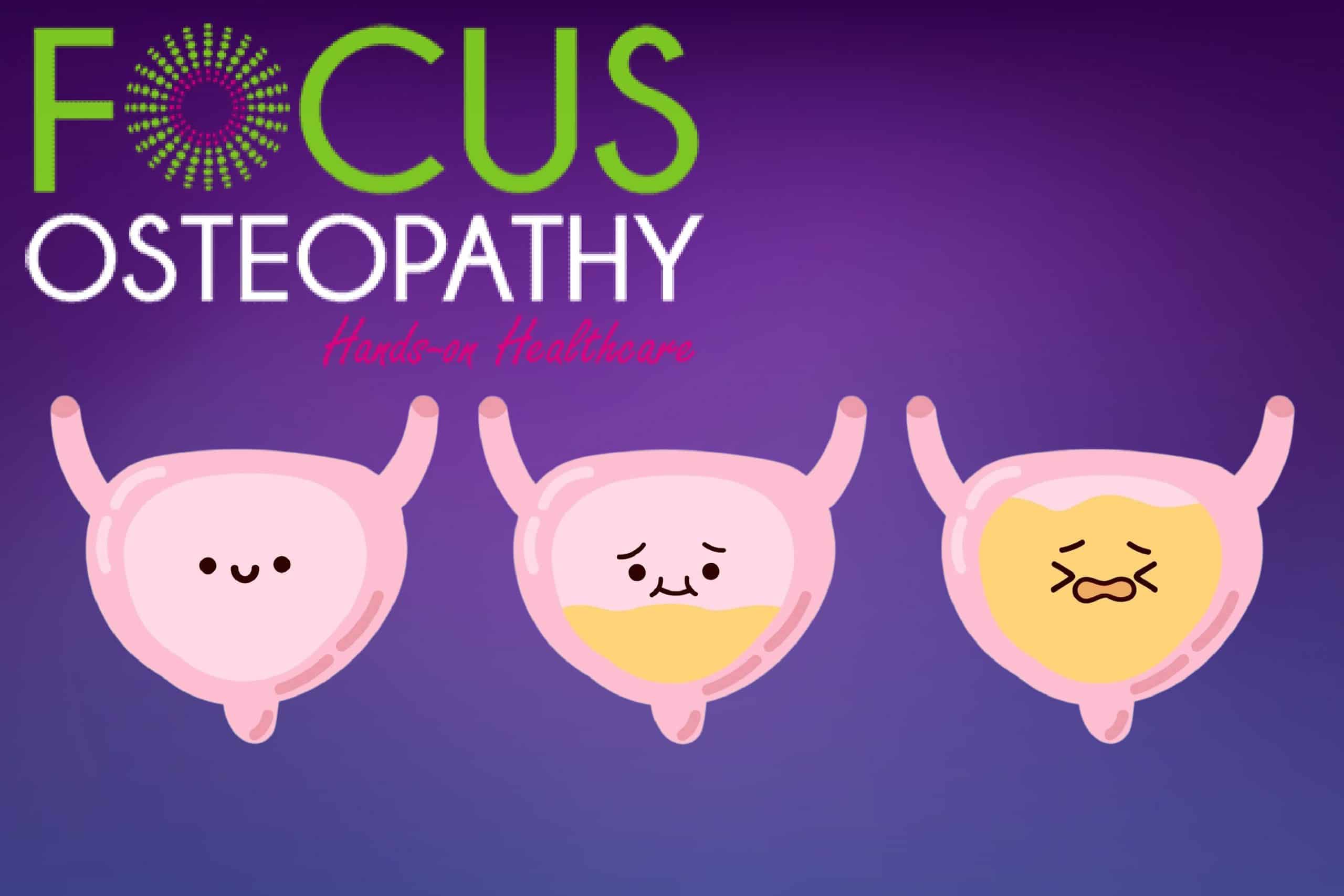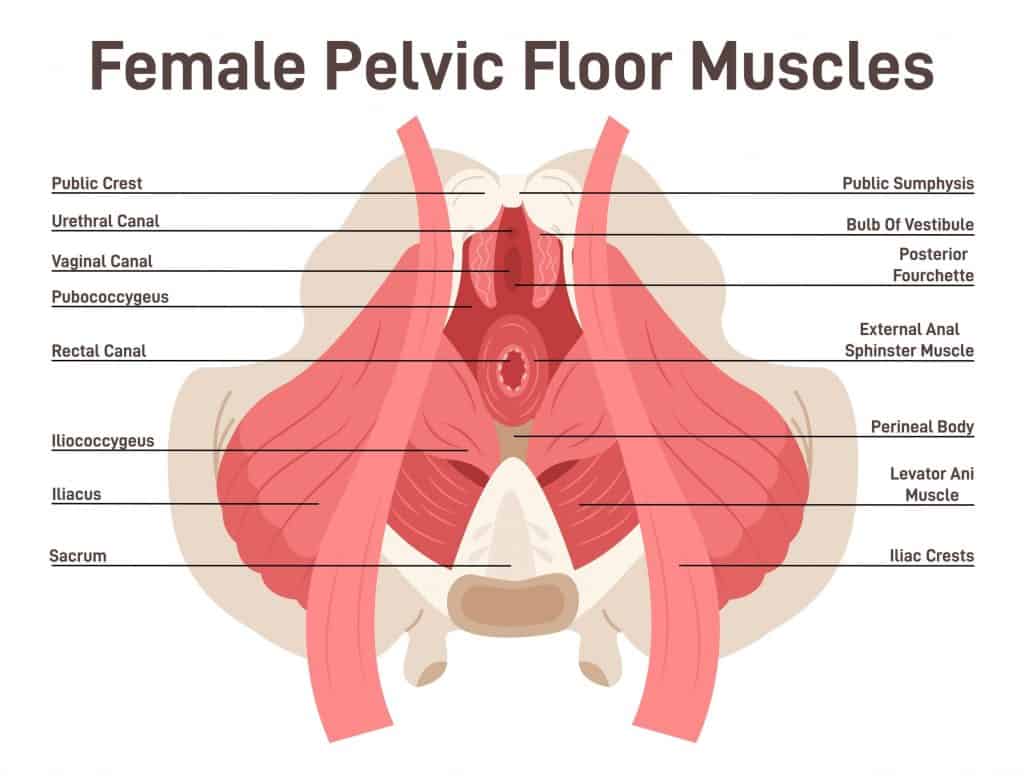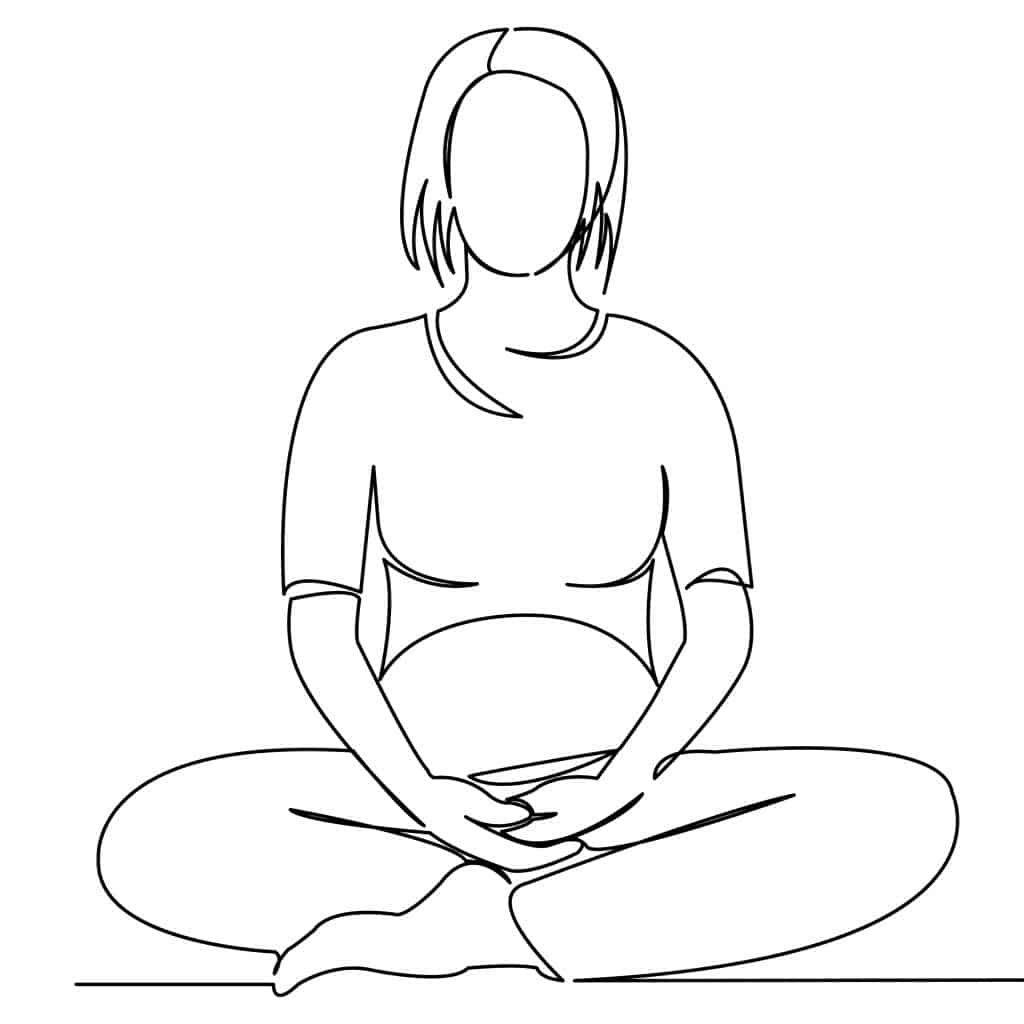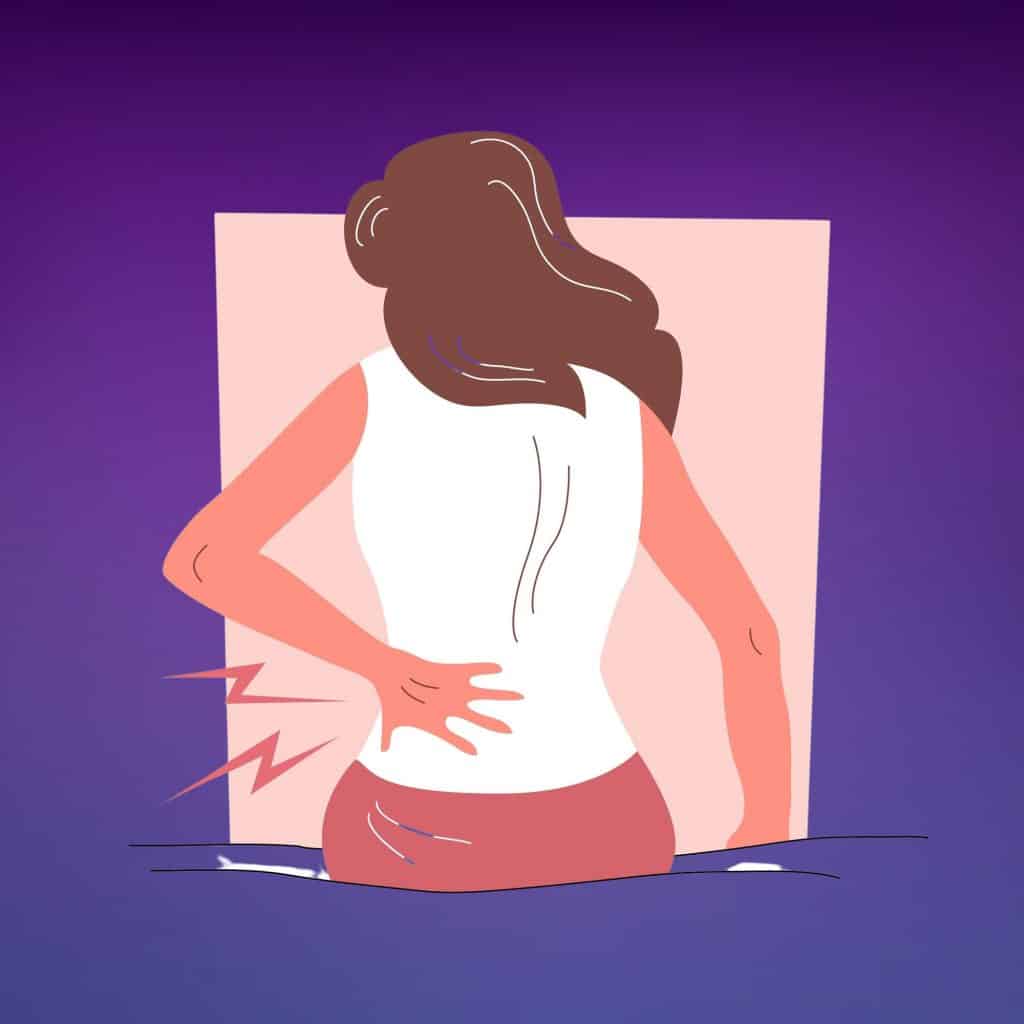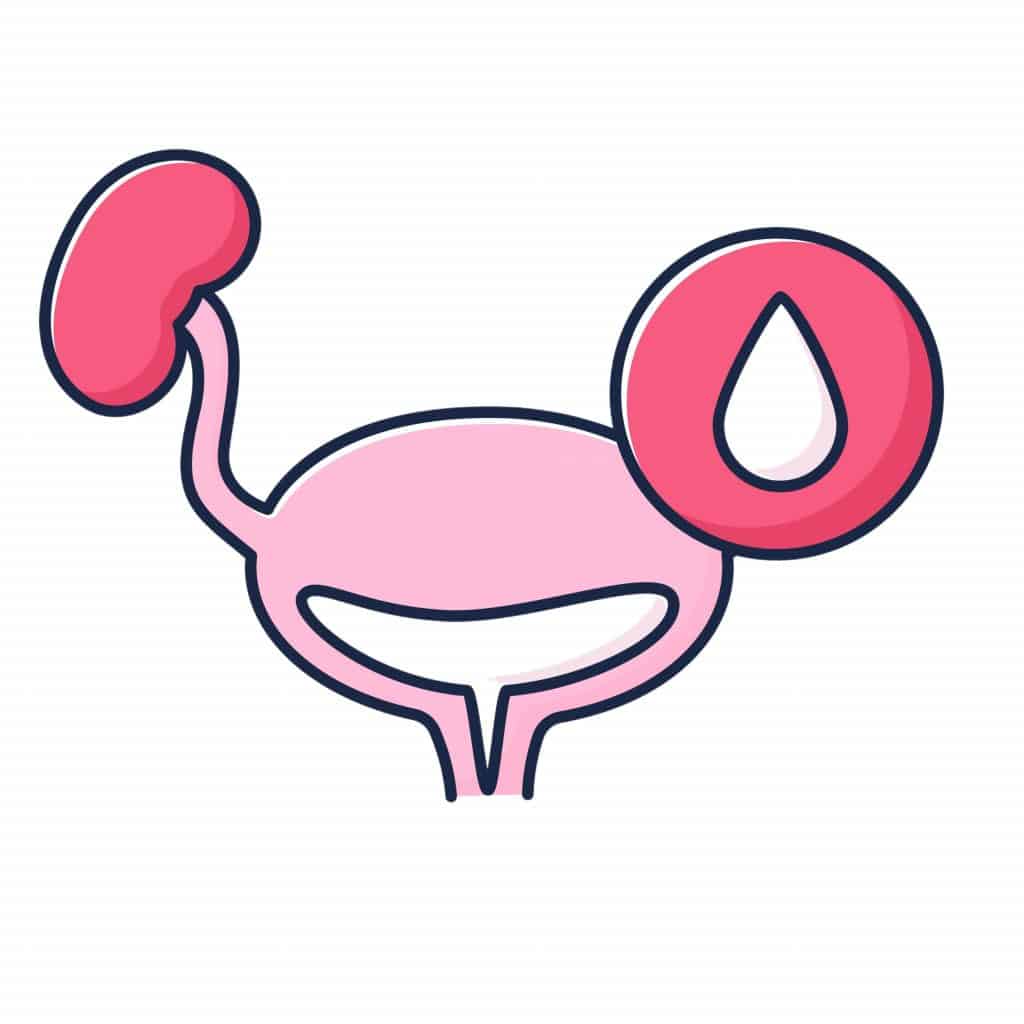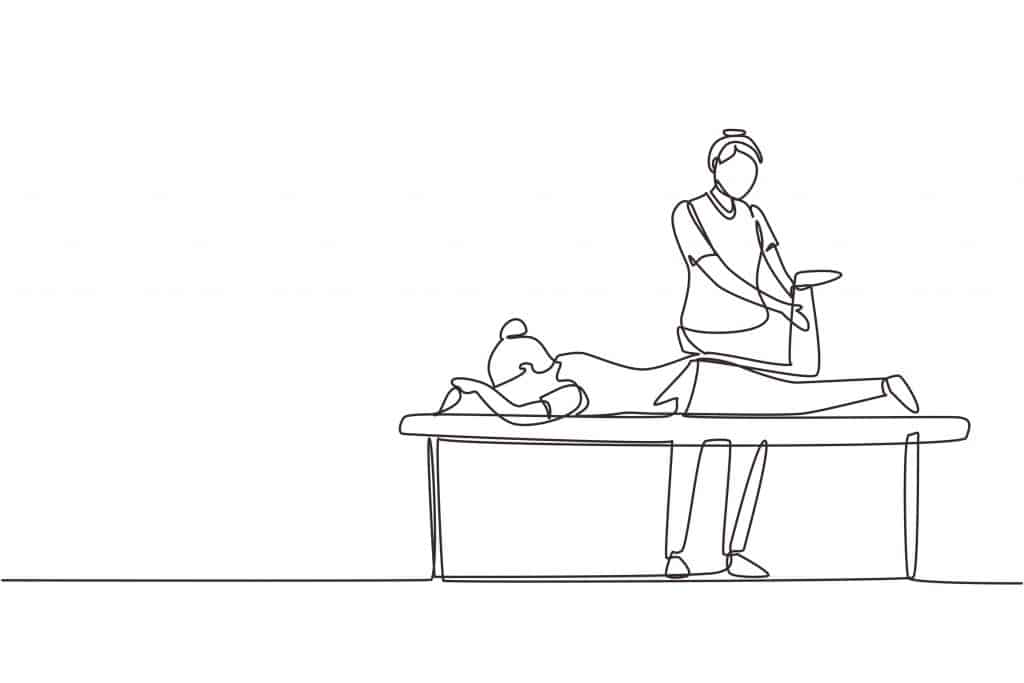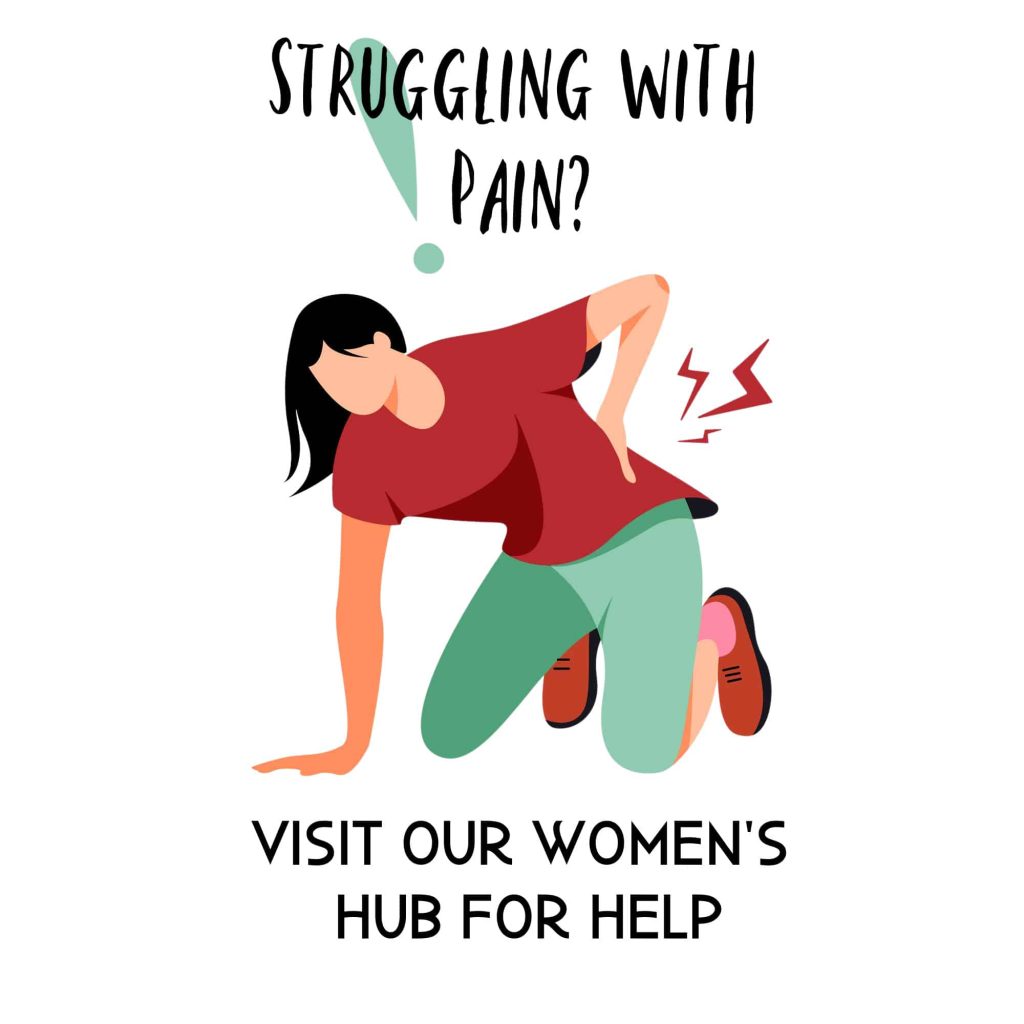The Importance of Maintaining Blood Sugar: Our Body’s Carefully Engineered System.
Whether you’re diabetic or not, blood sugar levels are surprisingly important in dictating your overall health.
Sugar isn’t just something you add to your morning coffee. You’ll also find it throughout your entire circulatory system and within the cells of your body. This is true regardless of whether you’re aware of having consumed sugar or not.
Blood sugar – also known as blood glucose – exists in the body thanks to it being the primary fuel that powers your day-to-day activities as well as your ability to think clearly.
Glucose in the blood rises after meals, drinks and snacks and then gradually reduces again as your muscles and metabolic processes in the body use up the supply.
Blood sugar is incredibly important to our metabolic health and, in non-diabetic individuals, the ebb and flow of blood glucose around the body is carefully monitored and then regulated with numerous hormones.
Of these, the most important is insulin, which is released by the pancreas. Insulin acts a bit like a key in a door lock, allowing glucose in the blood to cross over from your circulatory system into wherever it is needed.
More Nutritional Articles
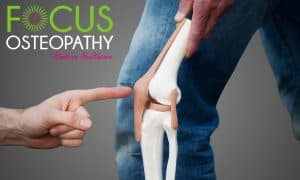
Knee Pain: The Good, The Bad, and the OUCH!

4 Reasons Swimming Is Good For Back Pain

8 Ways Neck Pain Can Disrupt Your Daily Life—and How Osteopathy Can Help

Understanding Back Pain: The Unwanted Companion
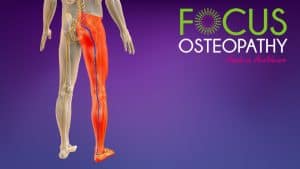
Does Massage Therapy Help Sciatica? 4 Things You Must Know

Neck Pain Exercises to Help You Sleep
Without insulin, circulating glucose simply becomes stuck in the blood while the muscles and other tissues effectively starve. It is much like being sat in front of a moving buffet while being unable to help yourself to anything that’s being served. This is what happens when someone develops Type 1 diabetes, which effectively cascades their body into nutritional hell until prescribed insulin is injected.
In Type 2 diabetes, insulin is still made by the body but it is not used as efficiently as it should be, usually causing lesser but still problematic issues with blood glucose.
You might think that not eating sugary foods will help to keep blood glucose levels down and, to some extent, that is true. Most of the time, when the body experiences a rush of sugar, it is because we have consumed something rather than insulin simply not being present.
However, the vast majority of foods – whether we think of them as sweet treats or not – are eventually broken down into glucose and released by the digestive system. Therefore, even while eating healthily, your blood glucose will generally rise.
In addition, the body is also excellent at storing excess sugar within the liver and muscles so that, even when you’re fasting, a sustained supply of glucose can be released and maintained around the body as needed. All you need is a little flurry of stress and your blood sugar might become elevated even though you didn’t eat anything. This is helpful in ‘fight or flight’ scenarios but not over the long-term as a consequence of day-to-day life.

It is a common misconception to think that blood sugar levels are only a concern for those with diabetes and this is simply not true. While the body in a non-diabetic individual is impressive in its ability to regulate its own fuel supply, an excessive consumption of sugar – with diabetes present or not – is damaging.
When it comes to the body, balance is key. The body does not like extreme fluctuations and it works incredibly hard to prevent them. Even before you eat, there are multiple processes getting underway to ensure that the upcoming influx of sugar from your meal can be managed as a steady stream rather than a large metabolic shock.
The control of blood glucose is a system that nature has evolved and refined with care because both low and high blood glucose levels are dangerous to health.
In the absence of diabetes and with a healthy diet being consumed – part of the reason that it’s called a balanced diet – this system works well.
Similarly, if a person with diabetes aims to eat healthily while also taking appropriate doses of insulin, it is also possible to replicate this natural system and stay well.
However, modern lifestyles and what we are eating now, is throwing our natural systems into disarray to the extent that even non-diabetic individuals are developing serious health complications because of dysfunctional blood glucose.
Blood glucose affects almost every process in the body. Consequently, acknowledging this emerging health epidemic and the need to improve our blood glucose levels is absolutely crucial.

Modern Life Is Bitter Sweet: Excessive Sugar Consumption and the Epidemic of Metabolic Syndrome
In many ways, modern life is slowly killing us. In addition to high levels of stress and the increasingly sedentary nature of day-to-day life, one of the main culprits is sugar.
While sugar (glucose) is necessary for energy and overall functioning, sugar is also dangerous to the body when the amount consumed is too high.
Excessive sugar consumption usually results in elevated blood glucose levels and this causes damage all around the body. This can happen even when insulin is present and other metabolic processes remain in place.
The body has limits and if you consume too much sugar, the natural systems that would otherwise have kept your blood glucose in check become overwhelmed.
Often, in healthy individuals, the resultant damage doesn’t begin straight away. You might experience a ‘sugar rush’ if you suddenly eat something particularly sweet or you might feel cranky and tired a short while after but, unless you have diabetes or another serious medical ailment, your body can usually handle the occasional blip.
However, when the amount of sugar consumed is too high over the long-term, that’s when serious health implications begin to unfold. Over time, an excessive consumption of sugar leads to some of the biggest killers – coronary heart disease, diabetes, cancer and dementia.
In recent years, health professionals have become increasingly concerned by the emergence of a new health epidemic that also happens to be a silent killer. Referred to as metabolic syndrome, the condition involves the development of several problematic issues in the body.

These can include obesity, high blood pressure, high triglycerides, low HDL cholesterol and insulin resistance. To be diagnosed with the condition requires a minimum of three of these factors being identified. With each new issue that is found, the danger to health increases and significantly so.
Worryingly, even if only one issue is found, usually the others are not far behind as these problems are all interlinked. Like a ship that sustains damage and begins to list in the water, one problem will lead to another and, in turn, make the ship sink more and more rapidly.
For example, if you become obese, it is highly likely you will develop high blood pressure and insulin resistance too. If you become insulin resistant, gaining weight combined while high triglycerides circling in the blood isn’t far behind.
In recent years, the number of people who have developed metabolic syndrome is considerable. Current estimates suggest up to a quarter of the world’s population already has metabolic syndrome, with one in three Americans presenting with the condition.
A high proportion of those with metabolic syndrome are young adults – a demographic not usually expected to be plagued by markers of the condition. Unless the issues are addressed, most of these young people can already expect to be dogged by serious health problems later in life.
Insulin resistance is a major contributing factor. Some 46.5% of adults already have insulin resistance and, if they haven’t done so already, are highly likely to develop metabolic syndrome too.
Both insulin resistance and metabolic syndrome have their roots entangled with excessive sugar consumption. High stress also adds harmful cortisol to an already dangerous scenario while a lack of physical exercise adds further still to the potent problem.
Modern life is bitter sweet; it might taste good but metabolic syndrome and its serious health implications combined with stress and a lack of exercise serves as the bitter sting in the tail. This adds significant pressure to already overburdened health systems while unnecessarily reducing our lifespan in the process.
To counteract this new trend, we must not only acknowledge the importance of blood sugar but work to fight against it and the harmful consequences, such as metabolic syndrome, that come in its wake.

Excessive Sugar Consumption: How Is It Happening and What Can We Do?
Given the rise of metabolic syndrome and insulin resistance, do we really have such a sweet tooth thesedays?
You might think you eat healthily but, chances are, in a modern market dominated by convenience and pre-packaged foods, you may still be eating more sugar than you realise.
Given the nature of capitalism and the rushed and busy lives we push through, processed foods now make up 20-60% of the average person’s diet. These often include cereals, baked good and snacks, fizzy drinks and ready meals.
Processed foods pack a nutritional punch thanks to being loaded with calories, added sugar, unhealthy fats and salt. All of these ingredients are acceptable in moderation but processed foods push far higher quantities into our diet while delivering little in the way of vitamins and fibre.
Added sugars are found in a surprising array of food stuffs including goods marketed as low-fat or items that might otherwise be regarded as a savoury or healthy choice. Many processed foods contain fructose, which may increase the risk of developing coronary heart disease even more than other kinds of sugar.
While guidelines recommend that men consume no more than 9 teaspoons of added sugar per day while women should aim for less than 6 teaspoons of added sugar, many people eat more than twice that much on a daily basis.

This may not be a deliberate choice on the part of the consumers. In fact, many people are aware of nutritional principles and sincerely wish to eat healthily but it takes a trained eye to see beyond the deception that many food manufacturers employ. In many cases, what is stated to be healthy is in fact not healthy at all.
A further pressure post-Covid is the increasing cost of living. There is a well-established link between poverty and obesity. Those on smaller budgets tend to choose cheaper foods and most usually these are ultra-processed items rather than fresh, wholefood alternatives.
This is an alarming problem as just a 10% increase in ultra-processed food within an individual’s diet can increase the risk of cardiovascular disease, coronary heart disease and conditions such as dementia by up to 12, 13 and 11% respectively.
Whether it be through a lack of dietary awareness or financial constraints, a high proportion of the global population is accumulating severe health problems as a result of consuming ultra-processed foods and excessive sugar. Quite simply, our lifestyles have become metabolically unsustainable.
To fight back requires sound nutritional awareness combined with the ability to spot hidden dangers, particularly in regard to the excessive sugars that may be lurking in our diet.
By doing this, you can side-step metabolic syndrome and insulin resistance simultaneously, leading to a longer and healthier life in the long-term.
